Across the United States, countless towns once built on factories, railroads, or mining faced decline when industries faded. But rather than disappear, many of these communities found creative ways to reinvent themselves — embracing art, tourism, innovation, and local pride to build a new identity.
From mill towns turned cultural havens to mining hubs reborn as outdoor destinations, these 15 American towns prove that resilience and imagination can bring a second life to even the quietest corners of the map.
Asheville, North Carolina
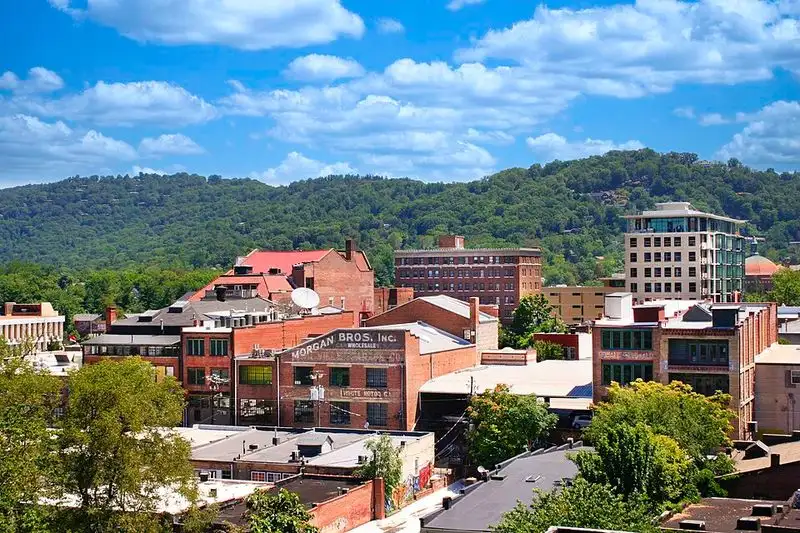
Nestled in the Blue Ridge Mountains, Asheville was once a quiet mountain town. In the 1980s, it embraced its artsy spirit, becoming a cultural hub with vibrant street music and eclectic galleries.
Today, Asheville’s creative energy draws in tourists and artists alike. The town’s breweries, music festivals, and foodie scene are a testament to its thriving community.
Asheville’s story is one of transformation, turning challenges into an opportunity to celebrate arts and culture.
Bisbee, Arizona

Perched in the Mule Mountains, Bisbee blossomed during the copper mining boom. When the mines closed in the 1970s, the town faced a decline.
Yet, Bisbee reinvented itself as an artist enclave. Vintage shops and art galleries now line its quirky streets, bringing new life to the town.
Visitors flock to experience its eccentric charm, historic architecture, and vibrant arts scene, proving that adaptability can breathe new life into a community.
Bend, Oregon
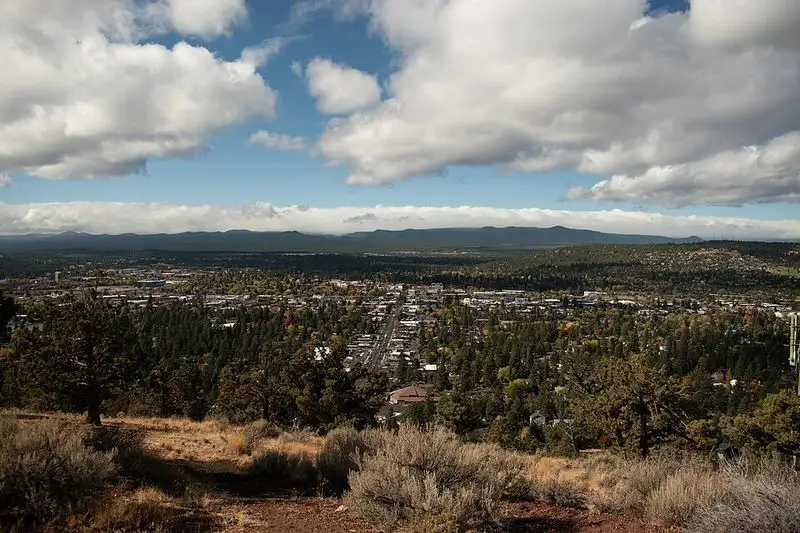
Bend was once a lumber town struggling with the industry’s decline. Embracing its natural beauty, it transformed into a haven for outdoor enthusiasts.
Today, Bend is known for its stunning landscapes, offering activities like kayaking, hiking, and skiing. Craft breweries and a thriving food scene add to its appeal.
Bend’s reinvention highlights the power of embracing inherent strengths, attracting a new wave of residents and tourists.
Bethlehem, Pennsylvania

Bethlehem’s fate seemed sealed with the fall of Bethlehem Steel. However, it reimagined its industrial past by turning old factories into an arts and culture haven.
The SteelStacks arts complex now hosts concerts, festivals, and movies, breathing new life into the area. The town’s rich history is celebrated through art and community events.
Bethlehem’s transformation shows how embracing history can pave the way for a brighter future.
Marfa, Texas

Marfa was once a sleepy town in the vast Texan desert. Its transformation began with the arrival of artist Donald Judd in the 1970s.
Today, Marfa is an artistic pilgrimage site, blending minimalist art with stunning desert vistas. The fusion of art and landscape draws visitors from around the world.
This unique blend has turned Marfa into a vibrant community where art and nature coexist, providing new opportunities and growth.
Greenville, South Carolina
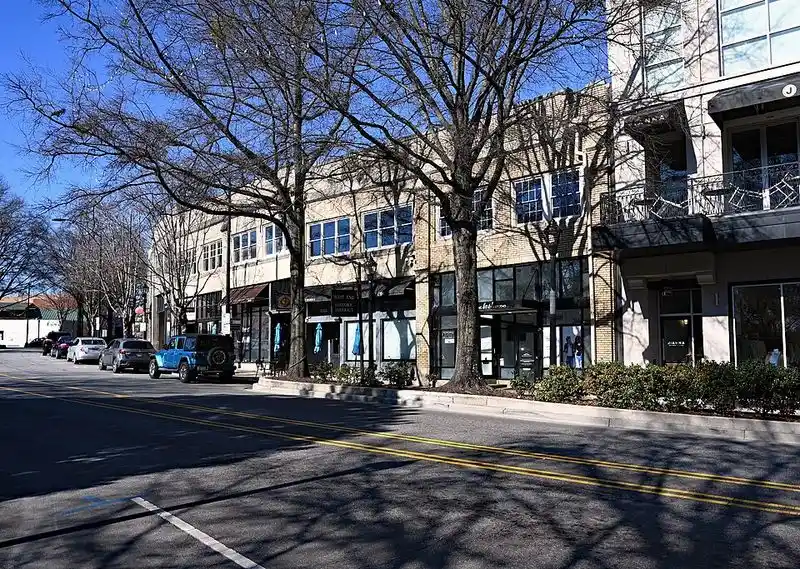
Greenville faced economic decline as textile mills closed. By revitalizing its downtown and investing in parks and green spaces, it sparked a renaissance.
Falls Park now acts as a centerpiece, attracting both locals and tourists. The thriving culinary scene and business growth add to the city’s allure.
Greenville’s strategic focus on urban renewal demonstrates how enhancing quality of life can lead to prosperity.
Silverton, Colorado

High in the San Juan Mountains, Silverton was a mining boomtown. As mines dwindled, the town faced an uncertain future.
By leveraging its scenic location, Silverton embraced tourism and outdoor recreation. The Durango & Silverton Narrow Gauge Railroad remains a popular attraction.
Through tourism, Silverton found a way to preserve its history while welcoming new visitors, proving resilience in the face of change.
Lowell, Massachusetts
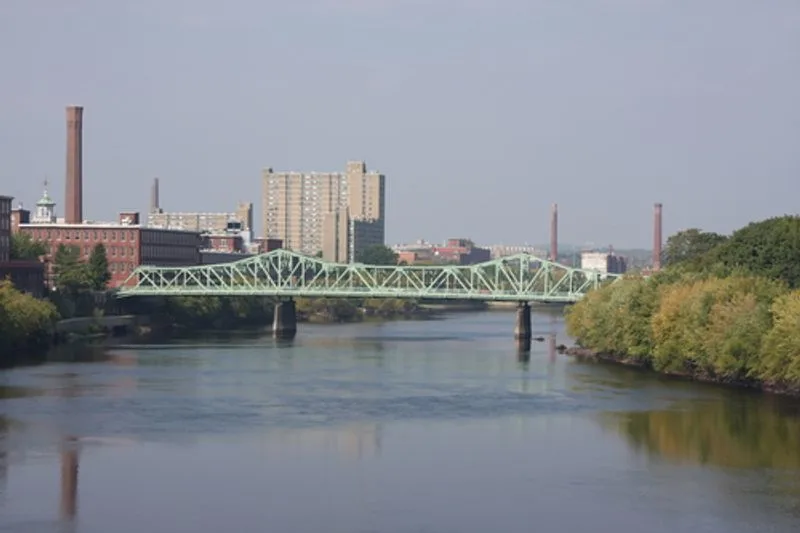
Once a textile giant, Lowell struggled after its industrial base eroded. The town turned to its rich history, transforming mills into museums and modern apartments.
Lowell’s annual cultural festivals and vibrant arts scene foster community engagement. These efforts have revitalized the town, drawing in both residents and tourists.
By honoring its roots, Lowell has successfully bridged the past with the present, inspiring a cultural revival.
Hood River, Oregon

Hood River was a quiet agricultural town until it embraced windsurfing in the 1980s. The Columbia River Gorge’s natural winds created a world-class destination for water sports.
Its newfound fame attracted visitors and businesses, sparking economic growth. Wineries and breweries also flourished, adding to its charm.
Hood River’s embrace of its unique geography showcases the potential of niche tourism to reinvigorate a community.
Paducah, Kentucky
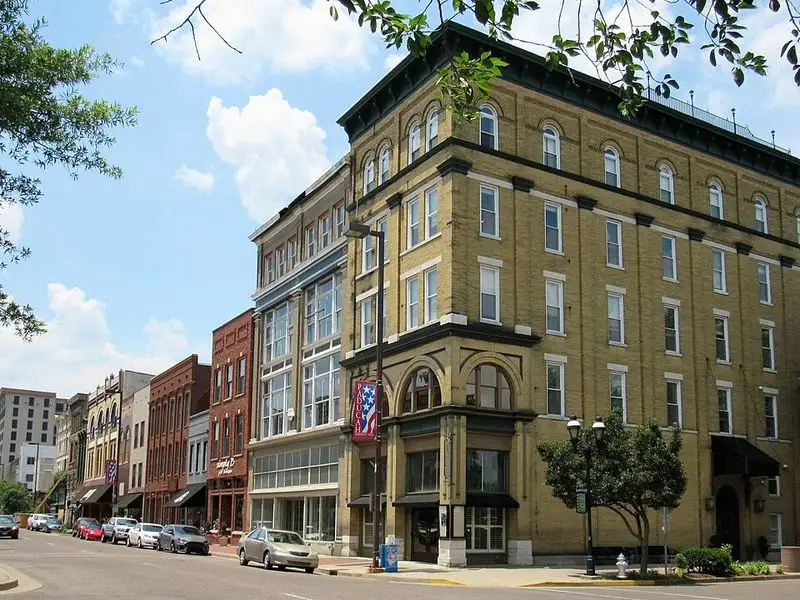
Paducah faced a declining economy until creative solutions took center stage. The Artist Relocation Program offered incentives to artists, revitalizing the downtown district.
This initiative sparked a cultural renaissance, turning Paducah into a UNESCO Creative City. Its vibrant arts scene now draws visitors year-round.
Paducah’s embrace of creativity as a tool for economic growth demonstrates the power of innovative thinking.
Galena, Illinois

Galena was once a lead mining center, but prosperity faded with the mines. By capitalizing on its well-preserved historic buildings, it found new life.
Tourism became its lifeline, with antique shops, bed-and-breakfasts, and historic tours attracting visitors. Its charm lies in the preservation of its 19th-century architecture.
Galena’s story highlights the potential of heritage tourism to revive a community, blending past and present seamlessly.
Bentonville, Arkansas
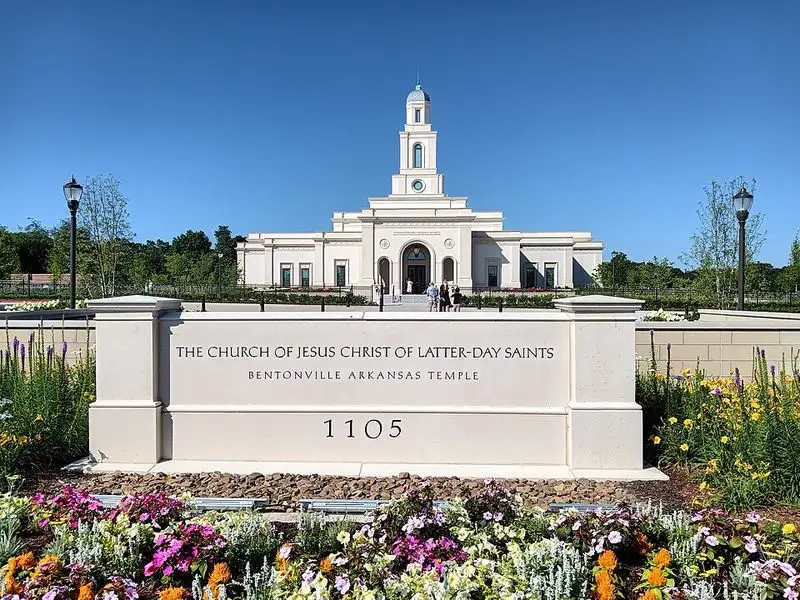
Bentonville was forever changed by the Wal-Mart legacy, but it didn’t stop there. The town invested in culture, opening the Crystal Bridges Museum of American Art.
This world-class museum put Bentonville on the map, attracting art lovers and boosting tourism. Its integration of nature and art draws visitors seeking unique experiences.
Bentonville’s journey from retail hub to cultural destination showcases the power of strategic investment in arts and education.
Portsmouth, New Hampshire
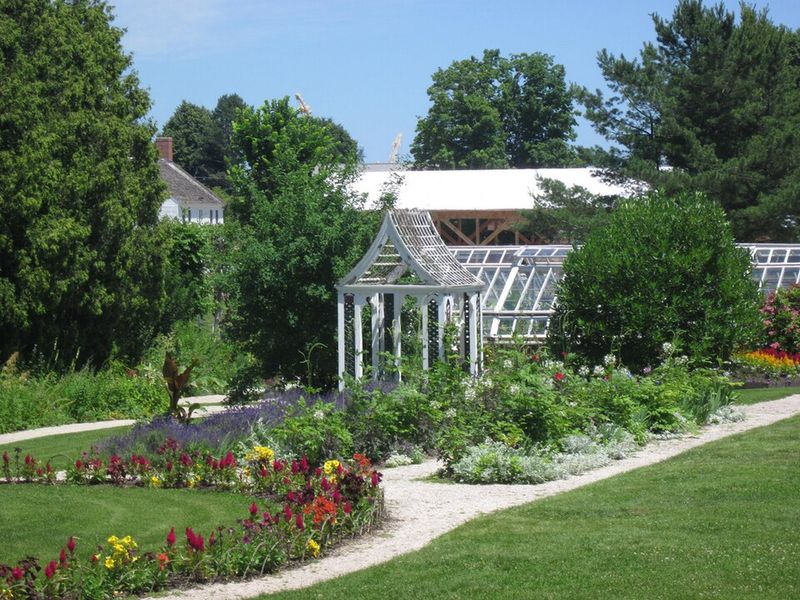
Portsmouth, with its maritime roots, faced a downturn as shipping declined. By nurturing its historic waterfront, the town became a cultural and culinary delight.
Restored buildings now host unique shops and restaurants, drawing tourists and locals alike. Historic sites and festivals celebrate its rich heritage.
Portsmouth’s ability to blend history with modern attractions highlights how cultural preservation can invigorate a community.
Jerome, Arizona
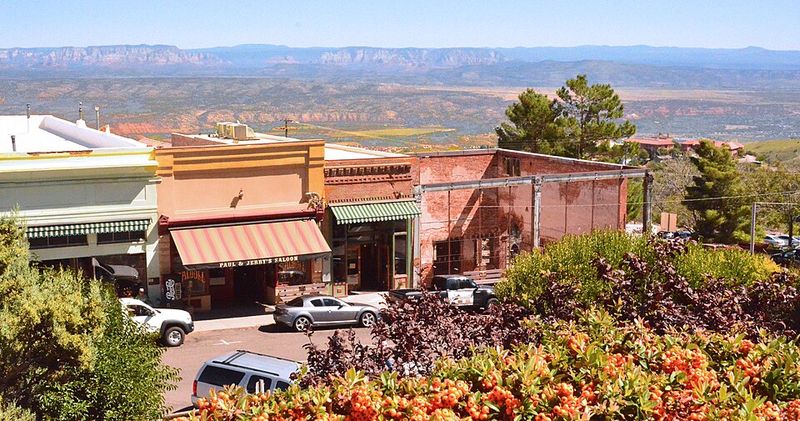
Jerome, once a bustling mining town, was nearly deserted post-mining collapse. Artists and free spirits breathed life back into its historic streets.
Today, art galleries and unique shops populate its hillsides, attracting visitors with its quirky charm. Jerome’s blend of history and creativity offers a unique getaway.
This artistic revival demonstrates the power of community and imagination in overcoming economic challenges.
Deadwood, South Dakota
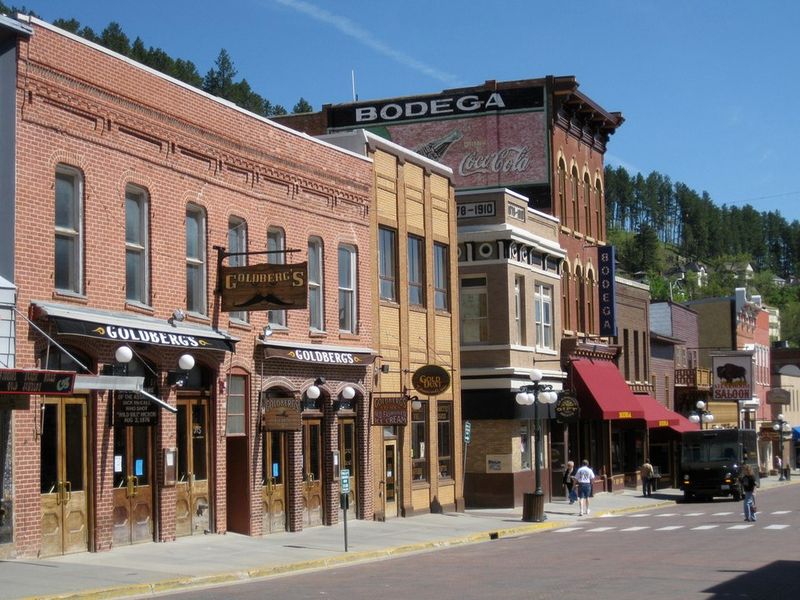
Deadwood’s Wild West past faced extinction as gold mining waned. Legalizing gambling in the ’80s brought a new wave of tourism.
Historic preservation efforts turned the town into a living museum. Visitors experience a slice of Western history through saloons and reenactments.
Deadwood’s transformation into a tourist haven underscores the power of embracing history for economic revival.

